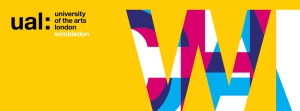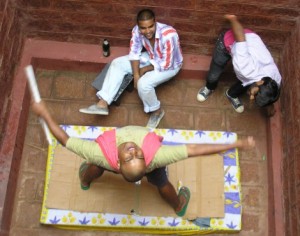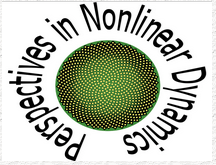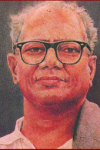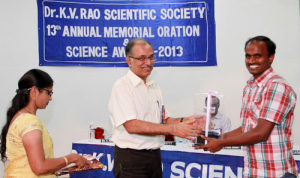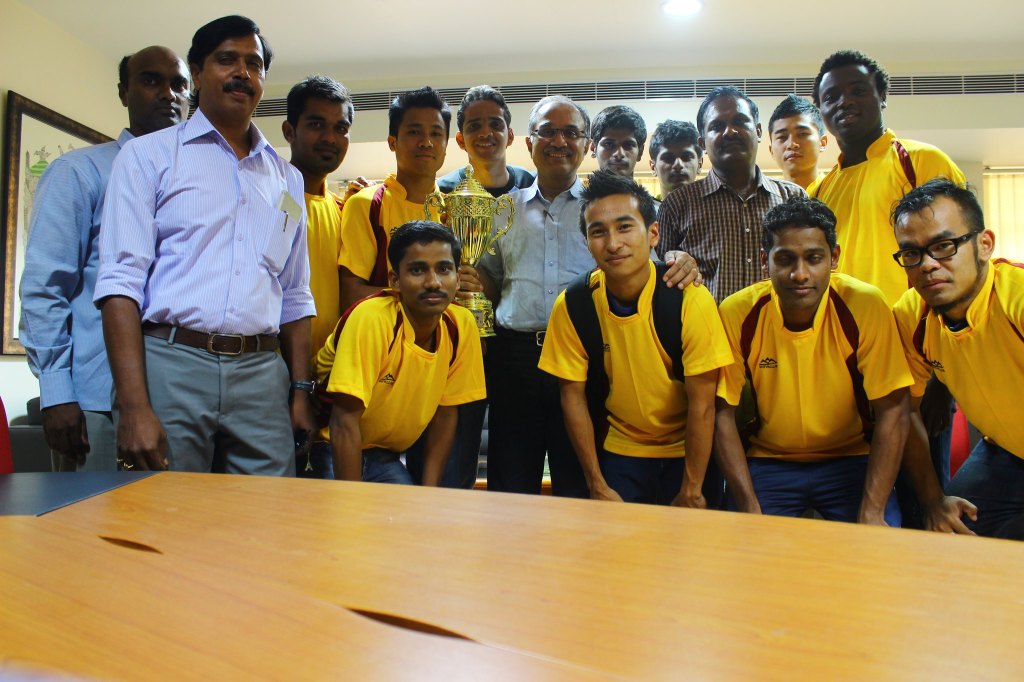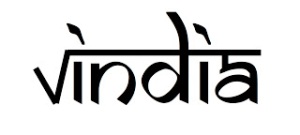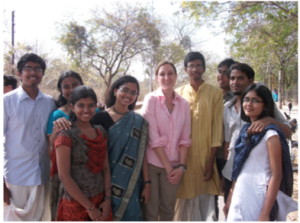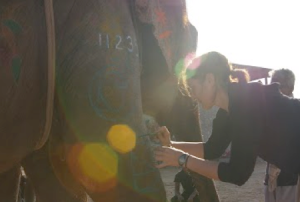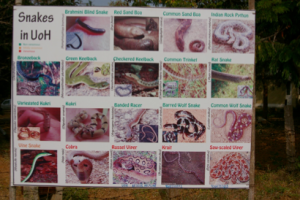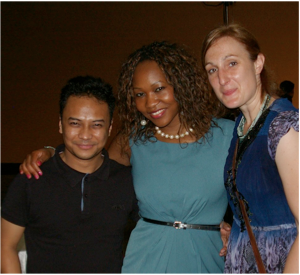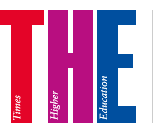Should scholarly publications be absolutely freely available, or should they only reach those who have the funds to pay for subscriptions to the journals where these articles are published? There are as many nuanced opinions on this question as there are scholars, but with the ubiquity of the internet and the rising costs of journals, the issue is one that merits some thought and discussion.
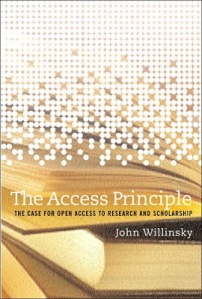 Almost all the research that is typically done at the University is publicly funded, through the Government of India via various ministries, or by other public funds. Should the results of such research not be made available to as many as possible? These questions are central to a book that I reviewed in Current Science (Bangalore) some years ago, “The Access Principle. The Case for Open Access to Research and Scholarship” by John Willinsky. Parts of the review are excerpted below.
Almost all the research that is typically done at the University is publicly funded, through the Government of India via various ministries, or by other public funds. Should the results of such research not be made available to as many as possible? These questions are central to a book that I reviewed in Current Science (Bangalore) some years ago, “The Access Principle. The Case for Open Access to Research and Scholarship” by John Willinsky. Parts of the review are excerpted below.
At the heart of the book is a simple idea, that ‘a commitment to scholarly work carries with it the responsibility to circulate that work as widely as possible’. This is in part so that knowledge that is created can be disseminated in a manner that the largest numbers of people have unfettered access to it, but there is more to it than just that…
The issues that Willinsky deals with have wider ramifications. For instance, who ‘owns’ knowledge? The scholar who creates it through research, or the funding agency that funded it directly or indirectly, or the commercial publishing house who owns the journal where the research was reported? And how best can it be used for public good, while ensuring that all involved parties do not go unrewarded or unrecognized?
The […] digital revolution is upon us all in a way that demands that such issues be thought about afresh since the modes of preservation of information and the modes of dissemination of knowledge have changed radically in our lifetime. For one thing, most journals of any quality are now online. Furthermore, many of them are ‘open access’, namely the articles they carry can be viewed without a subscription. However, the majority of academic journals have been in existence for a long time now and date back to the pre- digital era. The digitization of this legacy is a related issue, and the manner of the digitization and its consequent costs is relevant.
But issues are more complex in an era of impact factors and journal citations. The most prestigious journals, at least in terms of their perceived rankings, like Nature and Science are neither open access nor are they purely digital. It will be a long time before their influence will wane, so it is important to understand the totality of the access problem.
Today it is commonplace that the majority of scholars in any part of the world access academic information primarily in an electronic manner, and not through the pages of a printed journal. This revolution is similar to that wrought by Gutenberg, who through the printed page freed humankind from the purely oral tradition by offering mass producible books that anyone (with enough money!) could obtain, keep, learn from, and use to advantage.
And it is the complex nature of this revolution that ‘The Access Principle’ addresses through its extensive research. The 13 chapters of the book examine issues ranging from the history to what is copyright, the politics and the economics. Willinsky, like many of us, believes that openness is ‘better’ in an abstract way – at the end of the day its not clear from which quarter the fundamental advances are going to come, and so its best not to deny anyone the requisite opportunities. The more people who have access to knowledge, the more one can maximize the probability of any one of them using some part of it in a fundamental and future altering manner.
The first journals appeared only in the 1600s. The Philosophical Transactions of the Royal Society grew out of the publication of the correspondence between the members of the society thanks to the efforts and foresight of Oldenburg. Despite the reputation for secrecy that surrounds his name, one of the earliest articles was a letter from Newton on ‘the theory of light and colours’. Newton appears to have held the opinion that public exposition of his research was both a duty and a privilege, and in that sense, scientific journals offered an intermediate space between the public book and the private letter.
But journals offer more than just exposure. The process of peer review, the validation, and with time, the prestige of publication – and the vanity – have all contributed to making the dissemination of science a fairly substantial business. And in the details of how this business is run lie some of the more contentious problems of the open access paradigm. Willinsky is quick to emphasize that open is not free – someone, somewhere has to invest in providing access. He lists 10 flavours of open access to underscore this point. For instance, scholars can post articles on their homepages, submit them to e-print archives, or pay a journal to allow open access to their articles. Journals, on the other hand, can subsidize access (as many Indian journals, notably those of the Indian Academy of Sciences, do), use their print versions to subsidize the online versions, allow delayed or partial open access, have a subsidy model in place, and so on. A cooperative movement such as JSTOR has played a very important role in developing tools to digitize old journals in a manner so as to make their content digitally searchable, and the access they allow is not free, but by having a flexible policy as regards revenue, they enable access in a significant manner.
The different chapters of the book are devoted to a variety of issues such as copyright and its consequences, the role of scholarly bodies and their publishing models and imperatives, the economics of open access, the role that this can play in development, and so on. The digital revolution holds within itself considerable promise. Universities, colleges and schools that did not build up physical libraries can, given enough resources, build up essentially a complete repository of the knowledge generated by humankind since whenever. Anecdotal evidence on this count is abundant and genuine, particularly in countries like India where the public investment in libraries is limited.
As a scholar who has devoted the better part of two decades to such matters, Willinsky argues the case for increased openness in scholarly publications with vigour and with wisdom, and without oversimplifying the issues at hand. The commitment to the cause is most evident in his chapter on Rights, where he proposes that access to knowledge is a fundamental human right, one that is closely related to the ability to defend other rights. The argument is tenuous but offers an interesting perspective on the ability of increased access to knowledge to have an impact beyond the areas envisioned by the creators of that knowledge. To some extent, the Right to Information Act in India has had a very similar effect – information on one aspect of public life can have consequences on other aspects.
In the end, the most compelling aspect of this book is the simplicity of the basic argument. Scholars should see that their work reaches the largest number of people and should make all efforts to ensure this. This is their dharma. Academic administrators should see that scholarly work is supported in a manner so as to have this wide reach. And this is their karma. In the long run, inclusivity is clearly more in the public interest than exclusion in any form, especially in a globalized world, and the Open Access movement can help us along this path.
The karma of the University administration can be fulfilled with just a little effort. Along with the Gapps crew, we are setting the subdomain archive.uohyd.ac.in where scholars can upload their working papers, conference papers as well as their near final preprints in a UoH Archive which is an OAR (Open Access Repository). This is simple enough to operate- anyone with an @uohyd.ac.in account can upload a document which can then be accessed by anyone, inside the University or across the Universe…
The scholarly world is a-changing. This week, October 21 to 27 is International Open Access Week 2013. Celebrate! Upload a paper onto the UoH Archive!
PS: For the moment, send contributions to qohe571tigi@post.wordpress.com as an attachment. Watch this space for updates…




